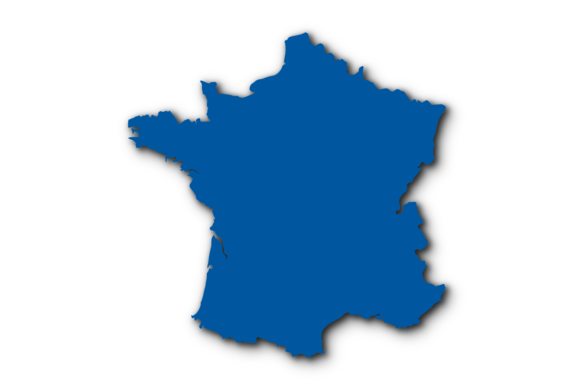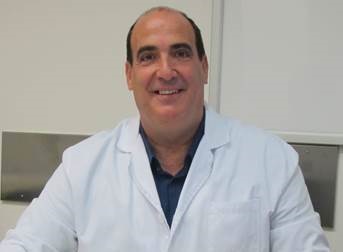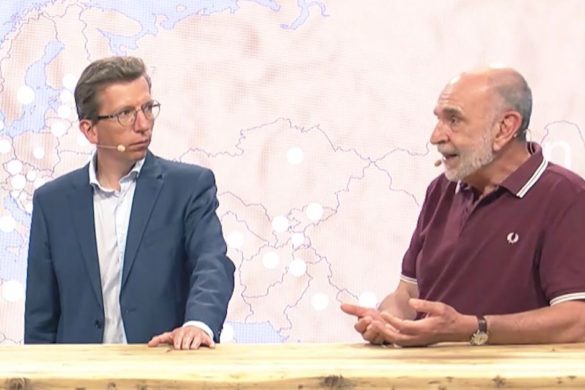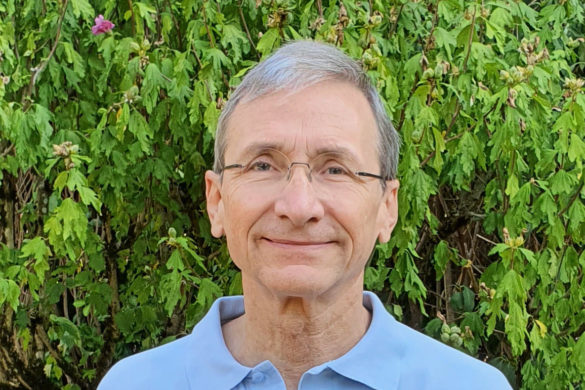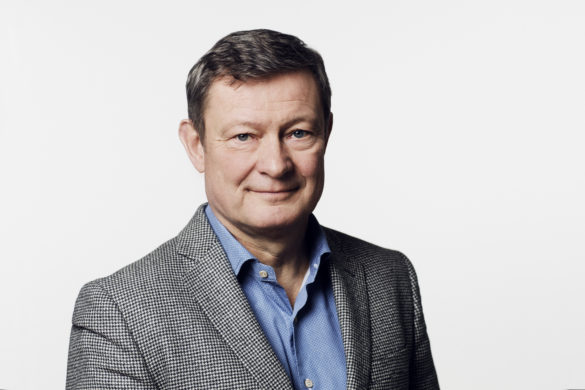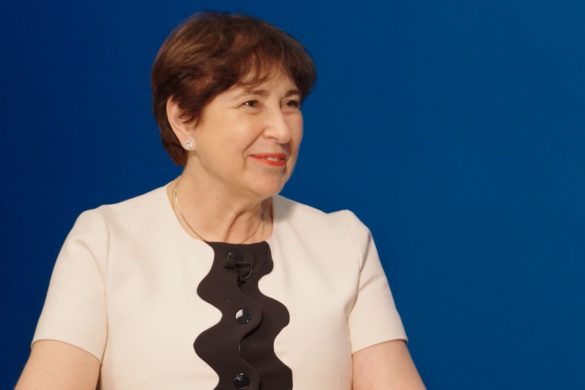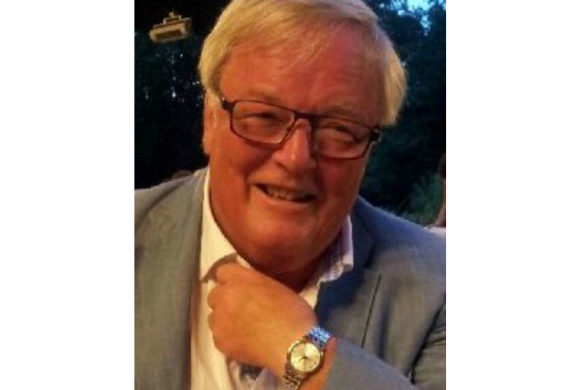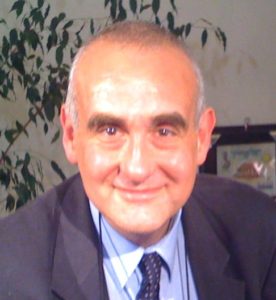 Elena Moro (EM): As incoming co-chair of the Scientific Panel “Translational Neurology” can you briefly introduce yourself and your specific field of expertise to the EANpages readers.
Elena Moro (EM): As incoming co-chair of the Scientific Panel “Translational Neurology” can you briefly introduce yourself and your specific field of expertise to the EANpages readers.
Massimo Pandolfo (MP): I am currently professor of neurology and director of the Laboratory of Experimental Neurology at the Université Libre de Bruxelles (ULB) in Brussels, Belgium, and chief of neurology at the ULB-Erasme University Hospital in Brussels. My current research focuses on dissecting the pathogenesis of inherited ataxias and epilepsies and on the development of small molecule- and gene therapy-based approaches for the treatment of Friedreich’s ataxia and other neurodegenerative diseases.
Being in the Scientific Panel “Translational Neurology” is an obvious choice given these interests. Furthermore, having spent many years in the USA and Canada, I have kept strong ties with our American colleagues. I am a fellow of the American Academy of Neurology (FAAN) and I have been a member of the AAN Science Committee since 2006 (a record!). I am currently chair of the AAN Translational Neuroscience and International Subcommittees. So, providing service to the EAN in the same subject area, also by bringing in my experience and connections with the AAN, seemed to me an obligation.
For those interested, I obtained my M.D. from the University of Milan, Italy, where I also completed my residency in neurology.
EM: Can you outline the strategic work plan you foresee for the Scientific Panel that you co-chair?
MP: The Scientific Panel does not represent a specific subspecialty, it rather represents the importance of research in the neurology profession, the essential link between basic/translational science and clinical breakthroughs. This is essentially the same mission of the AAN Translational Neuroscience Subcommittee, and I am excited to be involved in it on both sides of the Atlantic.
I see the Scientific Panel contribution both at the level of the annual meeting and all year round. We need to help shaping the program of the annual meeting so that high quality basic and translational research is adequately represented in the scientific sessions and in the educational program. And we must provide information and education opportunities throughout the year, using the EAN web site, its publications, and interacting with the national societies. We also need to help the EAN to take position on public issues concerning research, sometimes on sensitive subjects like animal studies or stem cells research. Last but not least, the Scientific Panel should advise the EAN on research support initiatives, including programs by the EAN itself as well as lobbying efforts at the European level to support research in the neurosciences. I am convinced that good translational research needs good basic research on one side and good clinical research on the other side, so we have to work to promote all high quality research.
EM: What is the main “deliverable” that you want to achieve for the work the Scientific Panel will address during your term of office?
MP: I would be delighted by seeing the EAN develop a research program similar to what the AAN is doing, also with the input of my Subcommittee. And I would love to see more neuroscientist come to the annual meeting and present their discoveries.




